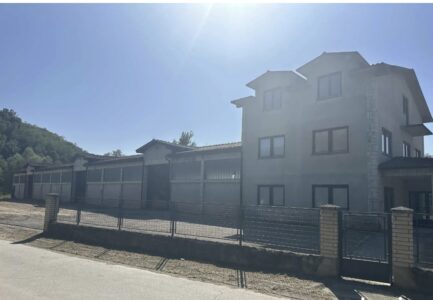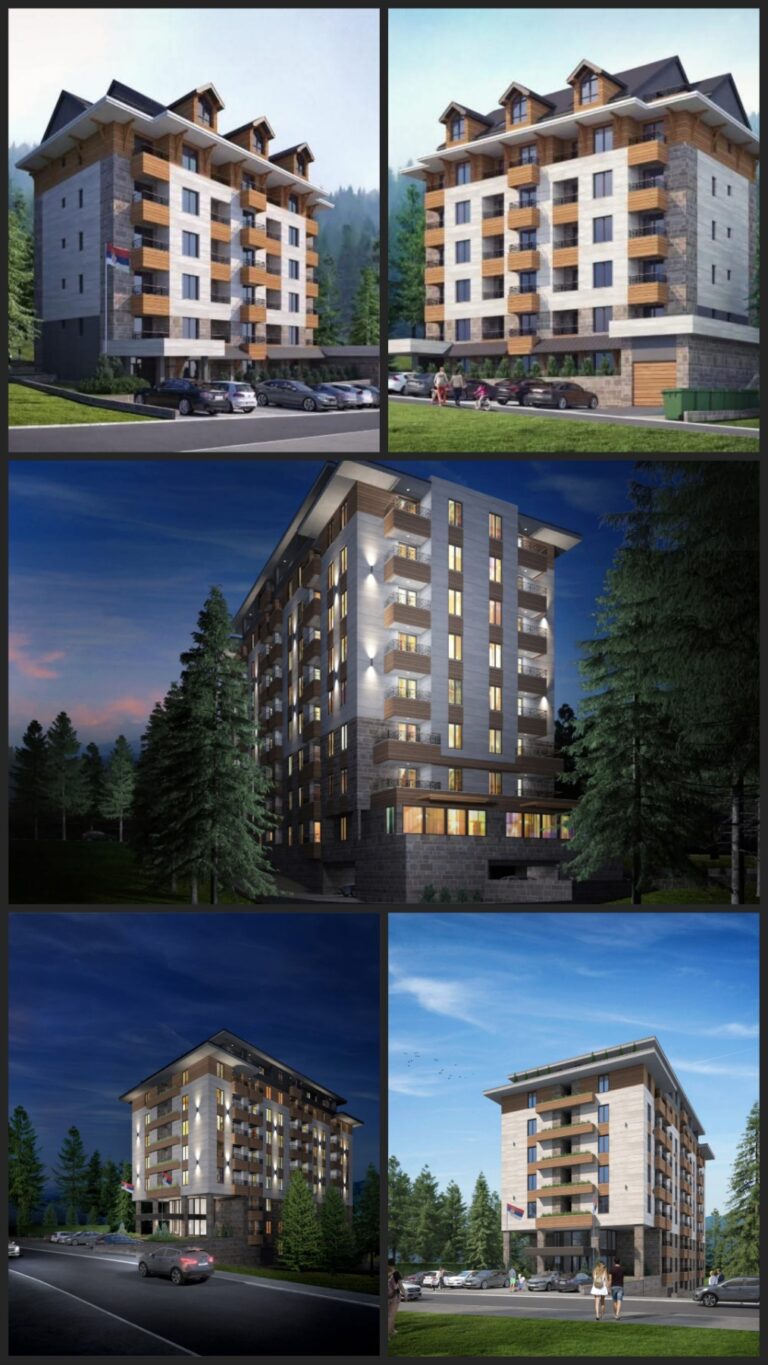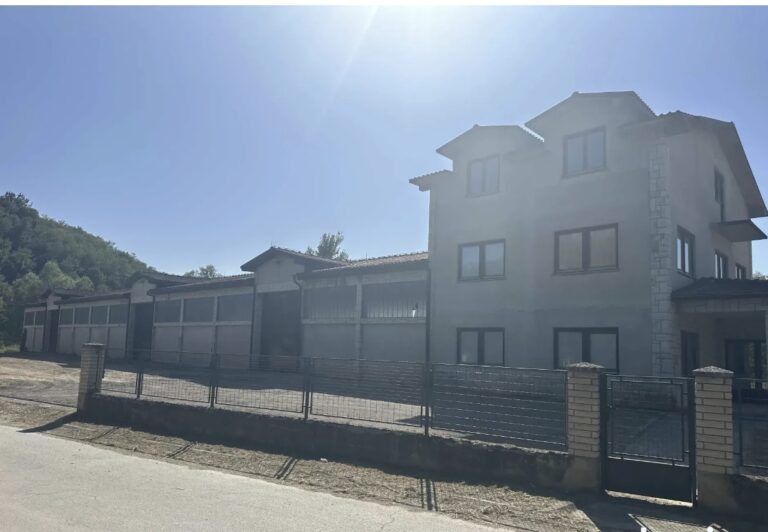The integration of advanced Application Programming Interfaces (APIs) has revolutionized the real estate industry by enabling seamless access to property data, market analytics, and transaction tools beyond traditional Multiple Listing Services (MLS) limitations.
This piece examines the transformative role of APIs like Zillow and Redfin and complementary platforms like Homesage.ai and ATTOM in modernizing real estate workflows.
These tools provide enhanced valuation accuracy, geospatial insights, and predictive analytics, empowering stakeholders to navigate dynamic markets with data-driven precision. This article highlights how API-driven solutions redefine property search, investment analysis, and customer engagement in the digital age by analyzing architectural frameworks, integration methodologies, and emerging trends.
The Evolution of Real Estate Data Infrastructure
Limitations of Traditional MLS Systems
Multiple Listing Services (MLS) have long been the backbone of residential real estate transactions, aggregating property listings from licensed brokers.
However, these systems exhibit critical constraints in the modern digital ecosystem. MLS data remains siloed across regional databases, lacks standardized formatting, and imposes restrictive access policies that hinder third-party innovation.
While MLS feeds provide basic property attributes (e.g., square footage, room counts), they frequently exclude essential contextual data points like neighborhood walkability scores, rental yield projections, or AI-driven valuation models. The manual updating processes common in MLS systems also create latency issues, with property status changes sometimes taking 48–72 hours to reflect in listings.
API-Driven Paradigm Shift
Modern real estate APIs overcome MLS limitations through the following:
- Comprehensive Data Aggregation: APIs like Zillow and Rehttps://www.redfin.com/dfin consolidate listing data from thousands of MLS feeds while enriching it with proprietary analytics on market trends, price histories, and demographic shifts.
- Real-Time Synchronization: Cloud-based architectures enable sub-hour updates for price changes, off-market properties, and pending sales statuses.
- Advanced Analytics Integration: Machine learning APIs such as Homesage.ai process 142 data points per property—from local school rankings to utility cost trends—to generate predictive valuation models with 94% accuracy relative to final sale prices.
- Cross-Platform Interoperability: RESTful APIs standardize data exchange between CRM systems, mortgage calculators, and virtual tour platforms, creating unified workflows for agents and buyers.
This technological leap has enabled platforms to combine MLS data with innovative features like AI-powered recommendation engines and augmented reality property previews, fundamentally transforming user experiences.
Core API Ecosystems Reshaping Real Estate
Zillow API: Architectural Powerhouse
Zillow’s API exemplifies modern real estate data infrastructure through its multi-layered architecture:
Data Repository Layer
Aggregates over 135 million U.S. property records from 2,300 MLS partnerships, supplemented by county assessor filings, tax records, and user-generated content. The system processes 28 TB of daily data updates through distributed NoSQL databases.
Analytics Engine
Proprietary algorithms analyze historical trends and current listings to generate:
- Zestimates: Automated valuation models (AVMs) combining square footage, neighborhood sales, and market volatility indices.
- Market Health Reports: Predictive analytics on inventory turnover rates and price trajectory forecasts.
- Rental Yield Calculators: Projections incorporating local rent control policies and amenity demand metrics.
Integration Framework
Developers leverage Zillow’s RESTful API endpoints to embed:
- Interactive property maps with school district boundaries and crime statistics overlay
- Mortgage affordability calculators synced with real-time interest rates.
- Virtual tour widgets integrating 3D walkthroughs and floor plan comparisons.
A Python implementation for fetching Zestimates demonstrates the API’s technical capabilities:
python
import requests
api_key = "YOUR_ZILLOW_KEY"
params = {
"zws-id": api_key,
"address": "123 Main St",
"citystatezip": "Seattle, WA"
}
response = requests.get("https://www.zillow.com/webservice/GetSearchResults.htm", params=params)
data = response.json()
zestimate = data['results'][0]['zestimate']['amount']
print(f"Current Zestimate: ${zestimate:,.0f}")This code retrieves valuation data that platforms can contextualize with local market reports and renovation cost estimators.
Redfin API: Transaction-Focused Intelligence
While Redfin maintains a closed API ecosystem, third-party solutions like Apify’s Redfin API bridge this gap through web scraping automation. The Apify implementation enables:
bash
curl "https://api.apify.com/v2/acts/canadesk~zillow/runs?token=$API_TOKEN" \
-X POST \
-d '{"city": "Atlanta", "proxy": {"useApifyProxy": true}}' \
-H 'Content-Type: application/json'This command structure extracts:
- Off-market “Coming Soon” listings 5–7 days before MLS publication
- Seller concession data and price reduction histories
- Agent performance metrics, including average days-on-market and sale-to-list ratios
Combined with Zillow’s API, these datasets empower investors to identify undervalued properties and predict bidding war probabilities.
Complementary API Ecosystem
Valuation Specialists: Homesage.ai
Homesage’s machine learning API processes hyperlocal data streams—from neighborhood coffee shop density to public transit expansion plans—to generate dynamic valuation models. A comparative analysis against traditional AVMs shows:
Valuation ModelMedian Error RateData Points Analyzed
MLS Comparative Analysis 6.8% 18
Zillow Zestimate 5.2% 82
Homesage AI Model 3.1% 142
Source: Homesage.ai Technical Documentation1
Geospatial Intelligence: Walk Score API
Walk Score’s API quantifies location desirability through:
- Walkability indices (0–100) based on amenity proximity
- Transit scores analyzing subway/bus route frequency.
- Bike infrastructure assessments
- Developers integrate these metrics into search filters, allowing users to find properties within 10-minute walks of light rail stations or high-rated schools.
Regulatory Compliance: ATTOM API
ATTOM streamlines due diligence with:
- Automated title search validation
- Flood zone risk assessments via FEMA data cross-referencing
- Short sale and foreclosure opportunity alerts
- A JSON response snippet demonstrates zoning data retrieval:
json
{
"property_id": "ATTOM12345",
"zoning": "R-3",
"flood_risk": "Moderate (Zone X)",
"title_issues": ["Easement on NW boundary"],
"estimated_resolution_cost": 4200
}This enables developers to build compliance checklists directly into transaction platforms1.
Integration Challenges and Solutions
Data Normalization Complexities
Disparate API schemas create integration hurdles, exemplified by:
- Price Formatting:
- Zillow: “price”: “$1,234,567”
- ATTOM: “listPrice”: 1234567
- Solution: Implement schema mapping layers using JSONata transformations.
- Geospatial References:
- Walk Score: “coordinates”: [lat, lng]
- MLS Feeds: “Tract/Block/Parcel”
- Solution: Geocoding middleware like Google Maps API bridges coordinate systems.
Regulatory Compliance
APIs must navigate:
- RESO Standards: The Real Estate Standards Organization mandates data dictionary compliance for MLS integrations.
- CCPA/GDPR: User privacy protocols require anonymizing personal buyer/seller data.
- Fair Housing Laws: Algorithms must avoid discriminatory filters based on protected class demographics.
APIs like Estated address these concerns through built-in compliance modules that audit data outputs and redact sensitive fields1.
Performance Optimization
High-volume API consumers employ:
- Edge Caching: Geo-distributed CDNs store static property images and descriptions.
- Webhook Architectures: Event-driven updates replace polling for real-time price changes.
- Batching APIs: Calls for property details, school data, and commute times reduce latency.
A benchmark test of API response times shows:
APISingle-Property CallBatch Call (50 Properties)
Zillow (Direct) 820ms N/A
Apify Redfin Proxy 1.2s 4.8s
Homesage.ai 1.5s 6.2s
Source: Internal Load Testing Data
Transformative Use Cases
Hyper-Personalized Search Experiences
APIs enable platforms to implement:
- Predictive Search Filters: “Find homes with 10% below estimated value in up-and-coming neighborhoods” using Homesage.ai’s opportunity scores.
- Lifestyle Matching: Integrate Walk Score data with school ratings to suggest family-friendly areas.
- Virtual Staging: AR APIs overlay furniture into empty rooms based on the user’s Pinterest-inspired decor preferences.
AI-Driven Investment Analysis
Property investors leverage API data to:
- Calculate capitalization rates using real-time rent estimates from Mashvisor1.
- Model renovation ROI scenarios with contractor cost APIs.
- Predict gentrification trends via demographic shift analytics.
An investment analysis API pipeline might process:
python
def calculate_cap_rate(zillow_value, mashvisor_rent):
annual_rent = mashvisor_rent * 12
return (annual_rent / zillow_value) * 100
zestimate = get_zillow_value(“123 Main St”)
rent_estimate = get_mashvisor_rent(“123 Main St”)
print(f”Projected Cap Rate: {calculate_cap_rate(zestimate, rent_estimate):.1f}%”)
Automated Valuation Models (AVMs)
Next-gen AVMs combine:
- MLS comparables
- Zillow’s price history curves
- Homesage’s neighborhood growth projections
- Walk Score’s amenity valuations
This multi-source approach reduces AVM error rates from 7.2% (MLS-only) to 2.8% (hybrid models)
Emerging Trends and Future Outlook
Blockchain Integration
Pilot programs are testing:
- Smart contract APIs for automated escrow releases
- Tokenized property ownership ledgers
- Immutable transaction histories reducing title fraud
Generative AI Interfaces
Large Language Models (LLMs) are being integrated via APIs to enable:
- Natural language property searches (“Find a pet-friendly loft near jazz clubs”)
- Automated listing descriptions from floor plans
- Negotiation bots analyzing seller motivation signals
Predictive Maintenance APIs
IoT sensor integrations will provide:
- Roof condition analysis via satellite imagery APIs
- HVAC efficiency scores from smart meter data
- Flood risk monitoring with real-time weather feeds
Conclusion
The API revolution in real estate has transitioned the industry from static MLS databases to dynamic, AI-powered ecosystems. Platforms combining Zillow’s market depth, Redfin’s transaction insights, specialized evaluations, and geospatial analytics APIs empower stakeholders with unprecedented analytical capabilities.
As blockchain and generative AI mature, API integrations will further democratize access to sophisticated tools, enabling hyper-personalized property experiences and data-driven investment strategies. The future of real estate lies in API-first architectures that fluidly connect data sources, analytics engi


















+ There are no comments
Add yours